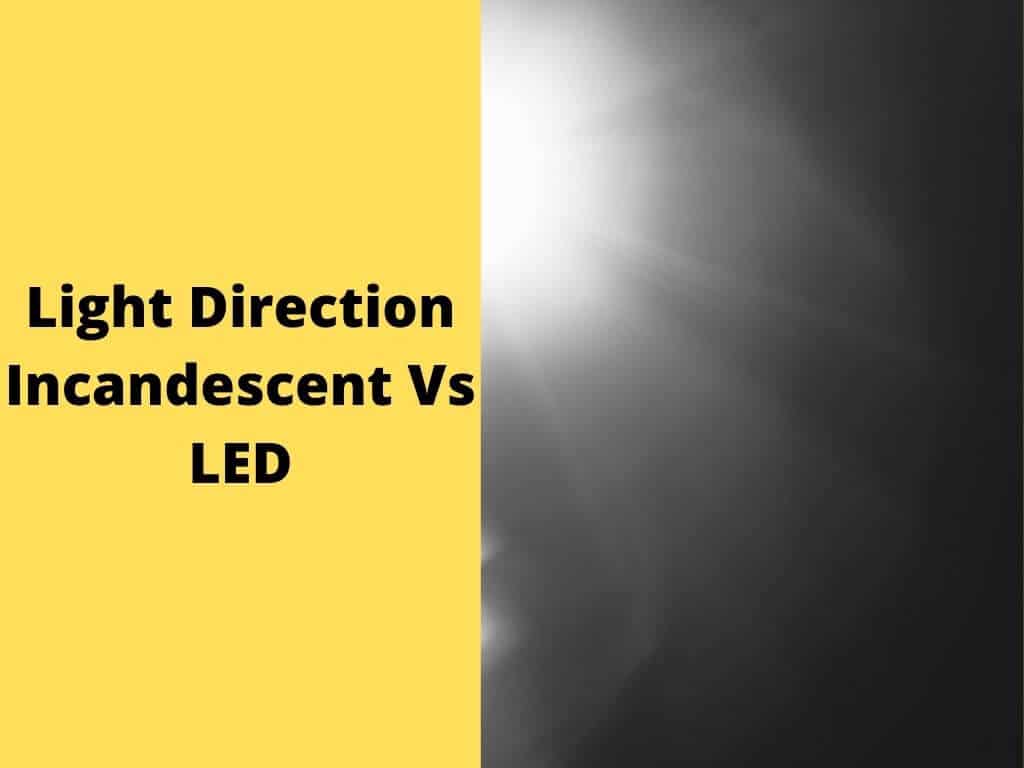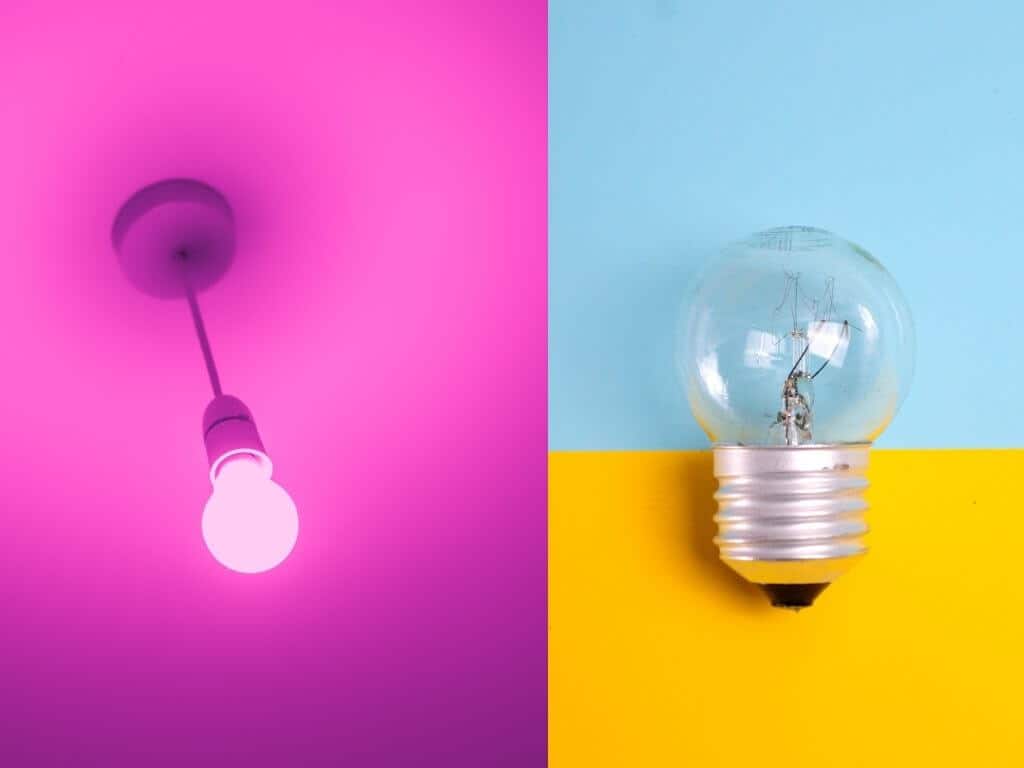You can use a LED bulb in an incandescent fixture.
Just make sure that if you have an enclosed or airtight fixture, that the LED bulb is built for enclosed fixtures.
If you put an LED bulb that is not designed for enclosed fixtures, you can get problems with overheating and that will shorten the lifespan of the bulb and it can also damage the fixture if you’re unlucky.
LED bulbs generate some heat but, not nearly the same amount that an incandescent does.
Make sure to check the size of the LED bulb so it’s going to fit in the fixture because LEDs can be larger than regular incandescents.
If your fixture is dimmable, make sure that the bulb is also dimmable. If you put a non-dimmable bulb in a dimmable fixture, you can get problems with flickering and buzzing.
When buying a Led bulb make sure you get the correct base type. The most common screw-in types are medium E26 in North America and E27 in Europe. These bulbs can be used interchangeably, as the difference in base size is only 1 millimeter.
E26 is short for Edison and 26 is the base diameter in millimeters.
LED lighting transforms 95% of the energy consumed into light, unlike incandescent bulbs, which convert only 10% of energy for light and the rest of the 90% of energy remaining is lost as heat
Light direction incandescent vs LED

If you have noticed, the incandescent bulb throws light at all angles and that makes it difficult to direct the light in a certain direction. But with LEDs, you can easily point the light in the direction you want. LED bulbs come in a variety of beam angles from 4 degrees to 120 degrees. So make sure to pick the right beam angle for your fixture.
Right color temperature incandescent vs LED
Incandescent lights give out a yellowish light and if you want the same type of light with your LED bulb, pick a color temperature between 2200K-2700K. Don’t go over 2700K, because the light is more bluish the higher the Kelvin number goes.
LED bulb with higher wattage equivalent than the fixture can handle
You can use a LED bulb in the fixture even if the LED wattage equivalent is higher than it says on the fixture. Because even if the package of the LED bulb says equivalent to 70 -Watt, it does not mean that the bulb uses 70-Watts, it just means that it gives out light that matches a 70W incandescent bulb.
So don’t get scared if you fixture says not to exceed 40W when using a LED bulb, the 40W restriction is for incandescent bulbs because they put out much more heat than LED bulbs. So you can freely use higher wattage LED bulbs in your incandescent fixtures.
Mixing LED and Incandescent Bulbs In A Fixture

If you’re planning on mixing incandescents with LED bulbs you should think about it twice.
It would be nice to replace incandescent bulbs one by one with LEDs as the incandescent bulbs burn out but you should not do that.
If the bulbs are in the same circuit, the incandescents will draw more power and can cause the LEDs to start flickering and buzzing and that’s annoying.
So if you’re like to change to LED bulbs, you should change them all at the same time.
Incandescent Bulb Dimmer and LED Bulbs
If you’re attaching LED bulbs to fixtures on dimmers, make sure to select dimmable LEDs.
In many cases, you must also plan to replace your dimmer switches too.
Applying dimmable LEDs is not as simple as just screwing them into your current fixtures. Dimmers designed for standard incandescent bulbs will frequently cause LEDs to buzz or flicker.
You need to change in an LED dimmer and for the best result, one that’s specifically listed on the bulb packaging as being compatible with the LED bulb.
